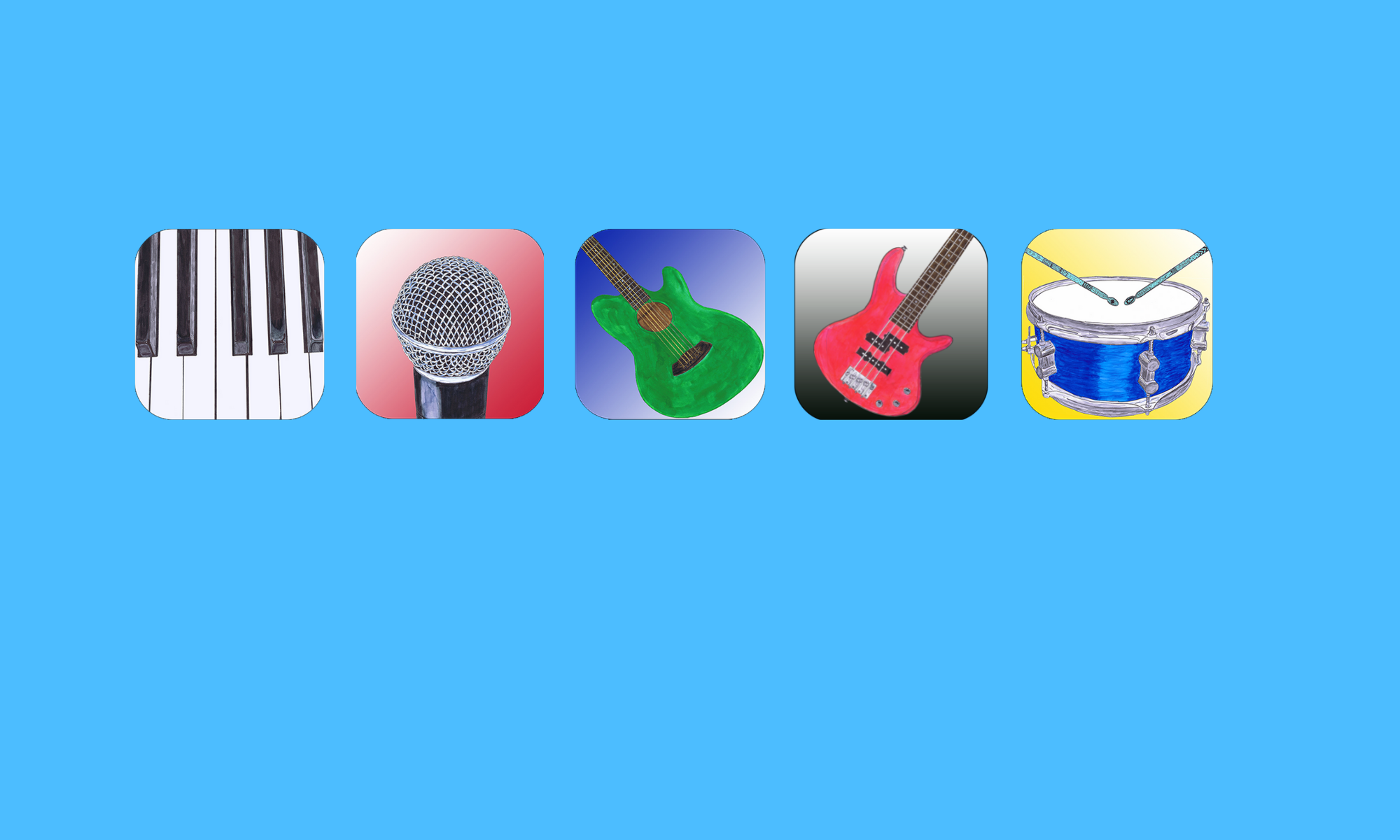A lot of teachers and parents have the misconception that small kids cannot read music and substitute other methods in order to get them playing the piano. This is just not true. The longer reading is put off, the further the reading level will be behind the playing level and the more most kids will resist doing it. That being said, four year olds have challenges in learning to read music that older kids don’t struggle as much with. If you tackle those obstacles, reading becomes completely doable. Finding out why a student is struggling is the key to solving the problem. If you land on a reason that isn’t the underlying cause of the difficulty, you won’t be able to solve it and will conclude that it’s not possible. These are two misconceptions that I hear frequently from teachers and parents.
Misconception #1: If they are not reading words yet, they won’t be able to read music.
One of the advantages in the beginning stages of reading music is that you only need to be able to recognize letters A-G. Most young kids can do this long before they are able to put words together or string words into sentences. As piano music gets more difficult, recognizing patterns will be necessary but in the very beginning it is mainly straight note-recognition. The difficulty that often trips young ones up is actually not seeing lines and spaces as individual things or as different from one another. We’ll cover this below.
Misconception #2: The music print is too small for their eyes to read.
Unless they have a vision impairment, their visual development shouldn’t be an issue by toddler age. I do give them jumbo staff paper to write on because they are still developing dexterity and drawing small or detailed things will be difficult. I don’t usually recommend starting before age four for other reasons: focusing ability, dexterity and ability to understand concepts.
These are really misdiagnosis of the obstacles small children have reading music. These are the obstacles that I see small children struggle with and how I solve them.
Obstacle #1 – Tracking: Small children have learned to track with their eyes but not in the specific way that it happens in reading text or music. Following unmoving words or notes across the page from left to right is different than the tracking that happens when eyes are following something that is moving or looking at a picture where the eyes can bounce between objects in any order. When kids read learn to read text, sometimes they need to place a ruler or bookmark under each line of text until they can learn to follow the words across the page with their eyes without losing their place. In music, this is easily taken care of by having a teacher or parent use a pencil and pointing to the notes as they go by. This helps train their eyes to track. Eventually they won’t need it. It’s also important to work on keeping their hand in position (one finger per key) and their eyes on the music as they read. It’s easy for anyone to lose their place in the music if looking up and down between the keys and the music frequently.
Obstacle #2 – Understanding Symbolism: Adults use symbolism all the time and it is easy to forget that this is new for kids. Kids that have just learned to write their alphabet in all lower case may not be able to see that a capital ‘A’ is the same as a lower case ‘a’ or a cursive ‘a’. It takes training to develop this skill. Kids still need guidance to see what characteristics things have in common that allow you to group them together as the same thing. Here are the ways to train them to differentiate between notes on the staff. It’s always important to give them questions they can ask themselves to determine what they are looking at.

